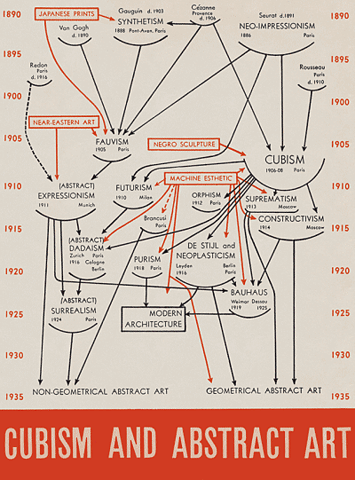17
06/09
13:49
Comparisons: two
HI, it is often the case, that when discussing media theory, inquiries rise about the practical use of it. Which is the latests hype in media theory? and How can I use these ideas to produce something? How these body of concepts can help me in improving what I’m currently doing? Of course there is nothing wrong with such questions. However, I don’t feel absolutely comfortable with the idea of media theory as a provider of plans or manuals to reach a neat practical goal. Rather I think media theory is a critical field for discussion that sheds light over cultural, social, and technical issues with a perspective of inclusiveness and not of success.
Marshall McLuhan is one of the most quoted media theorist. His writings, though not easy to understand, are still influential in digital media schools. Culture Industries have made profit of his ideas and thereafter have thrown him away in their hysterical quest for the popular market. That accelerated dynamic has given zero time to critically take a grip on hyped terms such as non-linear, repetition, intuitive, and simultaneity. Most of them remain cryptic for most of us, at least to me they do.
Previously, I quoted a series of comparisons from the Introduction to the MIT Press edition of Understanding Media. In the following pairs, Lewis Lapham presents a series of words similar to that [1, p.xxii], identified by McLuhan, between the print to the electrical media. Now, what has impressed me about this list is the strange sense of tribalisation that can be felt in words like: power, wish, magic, legend, and prophesy. Is it a de-regularisation of modern thinking?, or Does this imply a more sophisticated regularisation?. I will call it a soft regularisation. One that instead of segmenting and normalising in order to compose, will mix and remix to do montage and pastiche.
| Citizen | — | Nomad |
| build | wander | |
| experience | innocence | |
| authority | power | |
| happiness | pleasure | |
| literature | journalism | |
| heterosexual | polymorphous | |
| civilization | barbarism | |
| will | wish | |
| truth as passion | passion as truth | |
| peace | war | |
| achievement | celebrity | |
| science | magic | |
| doubt | certainty | |
| drama | pornography | |
| history | legend | |
| argument | violence | |
| wife | whore | |
| art | dream | |
| agriculture | banditry | |
| politics | prophecy |
Many of the right-column words also, oddly, remind me of ‘experiential design’ as a more ‘human’ stage in designing pleasurable objects, which usually means that the persuasion, design is intended to, is made more convincing and subtly to be noticed. Thus, we, the nomads, buy more happily whatever the ‘evangelist’ wants us to consume. A barbaric hedonist horde.
- Lapham, Lewis. “Introduction: The Eternal Now”. Understanding Media: The Extensions of Man. 1964. By Marshall McLuhan. Cambridge, MA: The MIT Press, 1994. ix-xxiii.
